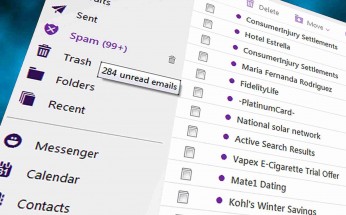Email is easily the most ubiquitous digital communication technology. Ninety-five percent of online consumers have at least one email address and most check their email every day. If you are not incorporating this valuable tool into your real estate marketing, you are missing out on valuable leads. Here are a few items that make email so important and ways you can leverage it for marketing success.
Emails transmit information that a phone call can’t. When you contact prospects by email, you can immediately send them photos of homes, information about the size and price of a property, and important information for the sale. Letting the home speak for itself can be far more persuasive than trying to verbally describe a listing that your client or prospect just has to see.
Most consumers prefer email. In surveys, consumers indicate that email is their preferred method of contact for commercial communications — and, it makes sense. Email can be scanned, allowing people to gather the gist of a marketing message in just a few seconds. Unlike phone calls, email is not time bound. You can send your messages and consumers can peruse them at a time that is convenient for them. Email provides a record. If your prospects want to review the stats on a property, it’s right there in their inbox when they want it.
Email provides a great return on your marketing investment. The average email marketing campaign provides a 4,300 percent return on investment. Email allows you to reach as many or as few prospects as you would like at a very low cost. By using this method regularly, you can significantly drop your customer acquisition costs and increase your real estate business net profits.
Read more: Why Email Marketing Must Be a Priority for Real Estate Agents






